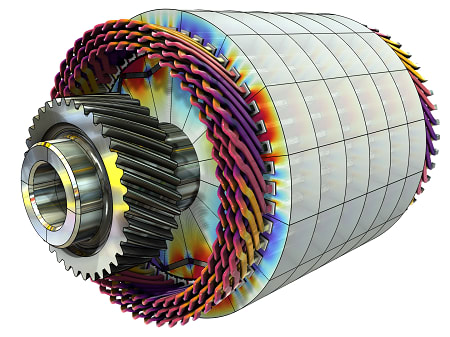diapensiya
Chemical
- May 6, 2014
- 23
Hello,
I have been working on a system which consists of a tank (at atmospheric pressure), centrifugal pump (normal operation flow rate is within 28-46 m3/h, during startup up to 100 m3/h) , and a column (around 2.5 barg)as end destination. Before the column, there is an heat exchanger which has maximum design pressure of 8 barg. Over the pump, there is a spillback to the suction of the pump. In this spillback there is a pressure control valve, which is usually set to 7 barg and to 3 barg during startup to prevent pressure spikes, damage to the heat exchanger. Therefore, this control is essential. In order to prevent overheating due to the spillback through the pump, I have changed the recirculation line to be through the tank with a 4 in line. However, now the problem is that the resistance through the pressure control valve creates pressure drop and thus the liquid cannot go up to the tank (elevated over 8m from the pump). It changes state.
Can you suggest me other solutions to prevent temperature increase through this pump system ?
I have been working on a system which consists of a tank (at atmospheric pressure), centrifugal pump (normal operation flow rate is within 28-46 m3/h, during startup up to 100 m3/h) , and a column (around 2.5 barg)as end destination. Before the column, there is an heat exchanger which has maximum design pressure of 8 barg. Over the pump, there is a spillback to the suction of the pump. In this spillback there is a pressure control valve, which is usually set to 7 barg and to 3 barg during startup to prevent pressure spikes, damage to the heat exchanger. Therefore, this control is essential. In order to prevent overheating due to the spillback through the pump, I have changed the recirculation line to be through the tank with a 4 in line. However, now the problem is that the resistance through the pressure control valve creates pressure drop and thus the liquid cannot go up to the tank (elevated over 8m from the pump). It changes state.
Can you suggest me other solutions to prevent temperature increase through this pump system ?




